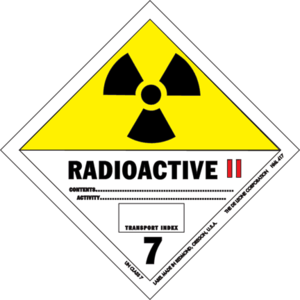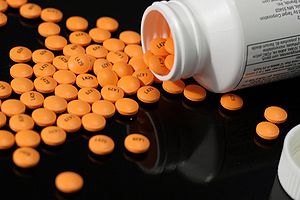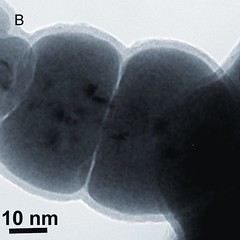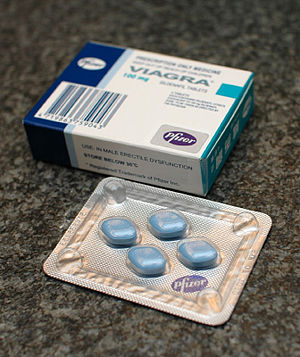
When radioactive fallout was found to have contaminated some of Japan’s local food and drink after the 2011 tsunami battered a nuclear power plant in Fukushima, it inspired some scientists to look for ways to purify liquids. One researcher diverted his work on nanoparticles originally designed to “mine uranium from seawater or to decontaminate waterways.” He’s now adapting his work to make nanoparticles attach to a pellet that can decontaminate radioactive liquids.
The nanoparticles that coat the pellets are microscopic grains of materials called metal oxides. They absorb “a variety of radioactive materials such as uranium and strontium, as well as non-radioactive toxic elements such as lead and arsenic.” They attach tightly to the pellets and “will not detach into the liquid,” according to the researcher. Then the pellets are placed in a porous capsule and “would be too large to fall out.”
Sounds like a bug or animal trap that lets the creature in but won’t let it get out. Hmm. We’d have to place a great deal of trust in this invention to give our kids such “formerly” radioactive milk to drink. But then, that’s the kind of trust we put into a lot of what medicine prescribes (think: statins) and what manufacturers put in our homes or on our plates (think: GMO foods).
The technology has not yet gone commercial so you definitely won’t see boxes of “anti-radiation” pills in your local drug store any time soon. It’s a great idea, but let’s pray it will end up like the famed *backyard atomic bomb shelters of the 1950s–we don’t ever find out how well it works because we never have to use it.
* For those of you too young to remember, after the first atomic bombs were dropped on Japan to end WWII, the U.S. government had schools conducting air-raid drills in which kids hid under their desks and had citizens learning how to dig bomb shelters in their backyards.
Like a grade school desk or a foot of dirt would protect you from an atom bomb…





















